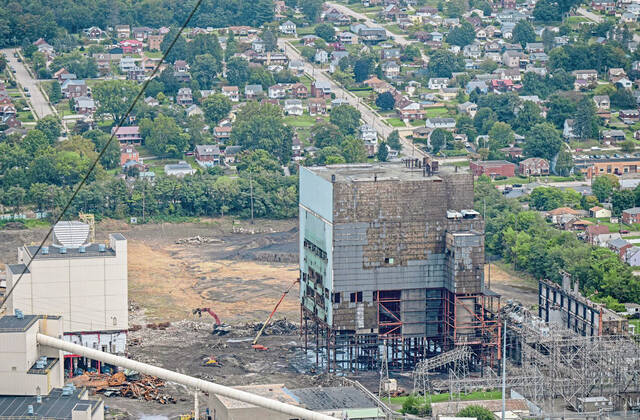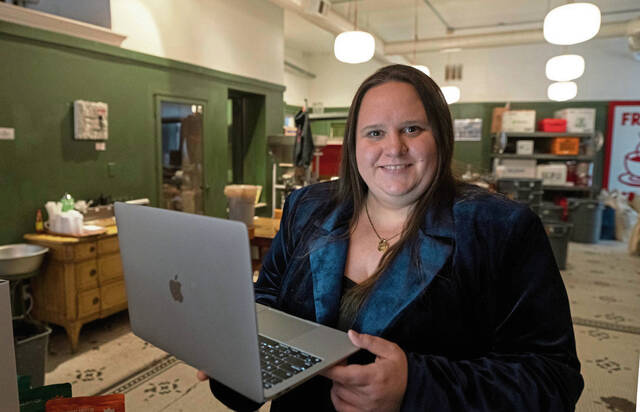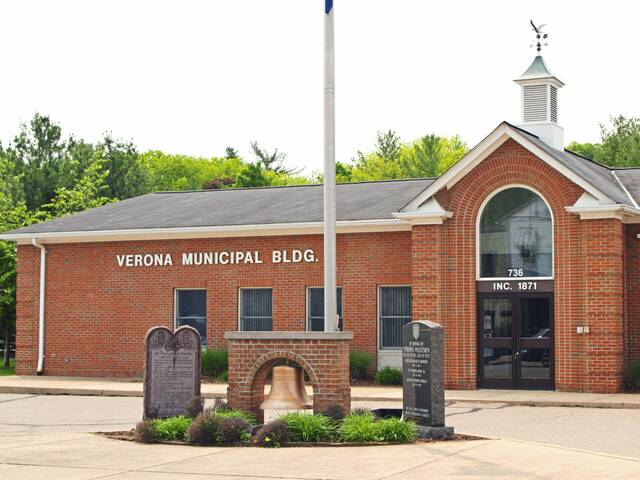The Springdale Planning Commission is advising the borough to take a closer look at its proposed mobility overlay.
Members of the three-member commission, which serves in an advisory role to borough council, said Wednesday that some sections of the proposed ordinance, which would provide various zoning amendments and changes within Springdale including a “mobility overlay” district, need to be looked at and revised.
An overlay district allows an area to keep its zoning designation but can allow for other developments that would have been prohibited otherwise.
“We suggest that they go back to these sections of concern,” said commission Chairman David Prevost.
He referenced portions in the document that define “light” and “heavy” industrial use, thereby amending the borough’s existing “industry” definition; conditions for other nonresidential uses; and unfinished language for “energy storage system.”
The recommendation came after discussion with representatives from the Cheswick Property Environmental Redevelopment Group, a subsidiary of Charah Solutions and owners of the former Cheswick Generating Station. The group contends that altering the former power plant property’s zoning would cause it to lose value.
It acquired the property last year and is working to clear the land for some unspecified industrial use.
A zoning overlay doesn’t change base zoning, but it augments it.
Springdale’s industrial zone runs down Railroad Street and covers the Allegheny Riverfront, including the area of the former power plant .
Currently, only industrial uses are permitted in that area. But, under the proposed overlay, mixed-use development would be allowed on certain portions of the riverfront. It also claims to increase environmental protections for residents and promote mobility infrastructure and transportation.
Springdale officials say they were approached by the Heinz Endowments to review the community and its zoning. Earlier this year, officials considered rezoning the property from industrial to residential, but they scrapped that suggestion to consider the overlay.
Laura Veith, an attorney representing the redevelopment group, reiterated the company’s opposition to the proposal and suggested the proposed amendment wouldn’t survive legal scrutiny.
Plant manager Sam Miller said Charah’s goal always has been to redevelop the property to support Springdale’s tax base and the community, adding there would be legal implications if the planning commission recommended approval of the proposal.
Veith said the redevelopment group disagrees with bisecting the definition of industrial use and the vagueness of the approval process for such a use. That would impact the future use of the property, therefore impacting its fair market value, she said.
“The point is, is that CPERG spent significant money remediating the property for a future industrial use, but it may not meet your definition of light industry,” Veith said. “So you eliminate buyers from the market, and you’ve eliminated a significant tax base that a purchase could bring to the community. So as far as what’s advantageous for the community, it would not be segregated, what has existed for decades for very good reason.”
Prevost acknowledged Veith’s point. But he said the community could be put at risk by allowing uses that could be harmful if the ordinance isn’t specific.
Veith said other agencies, such as the state Department of Environmental Protection, would be better equipped to handle regulations including noise, traffic or water and air quality for future uses.
The proposal also states that other nonresidential uses not listed in the document may be considered for a conditional-use application after determining the proposed use impacts the nearby area “equal to or less than any use specifically listed in the zoning district.”
To make that determination, the borough would, for example, consider the number of employees, the floor area of the building, gross area of the lot or scale of the development devoted to the use.
Those conditions left too many questions unanswered, commissioners said.
Another section commissioners singled out for revision was under “special standards and criteria,” where it directed readers to an “energy storage system” but had unfinished language.
Prevost said he appreciated Charah’s input and interest.
“We’re going to make suggestions on where this needs to be clarified,” Prevost said.








